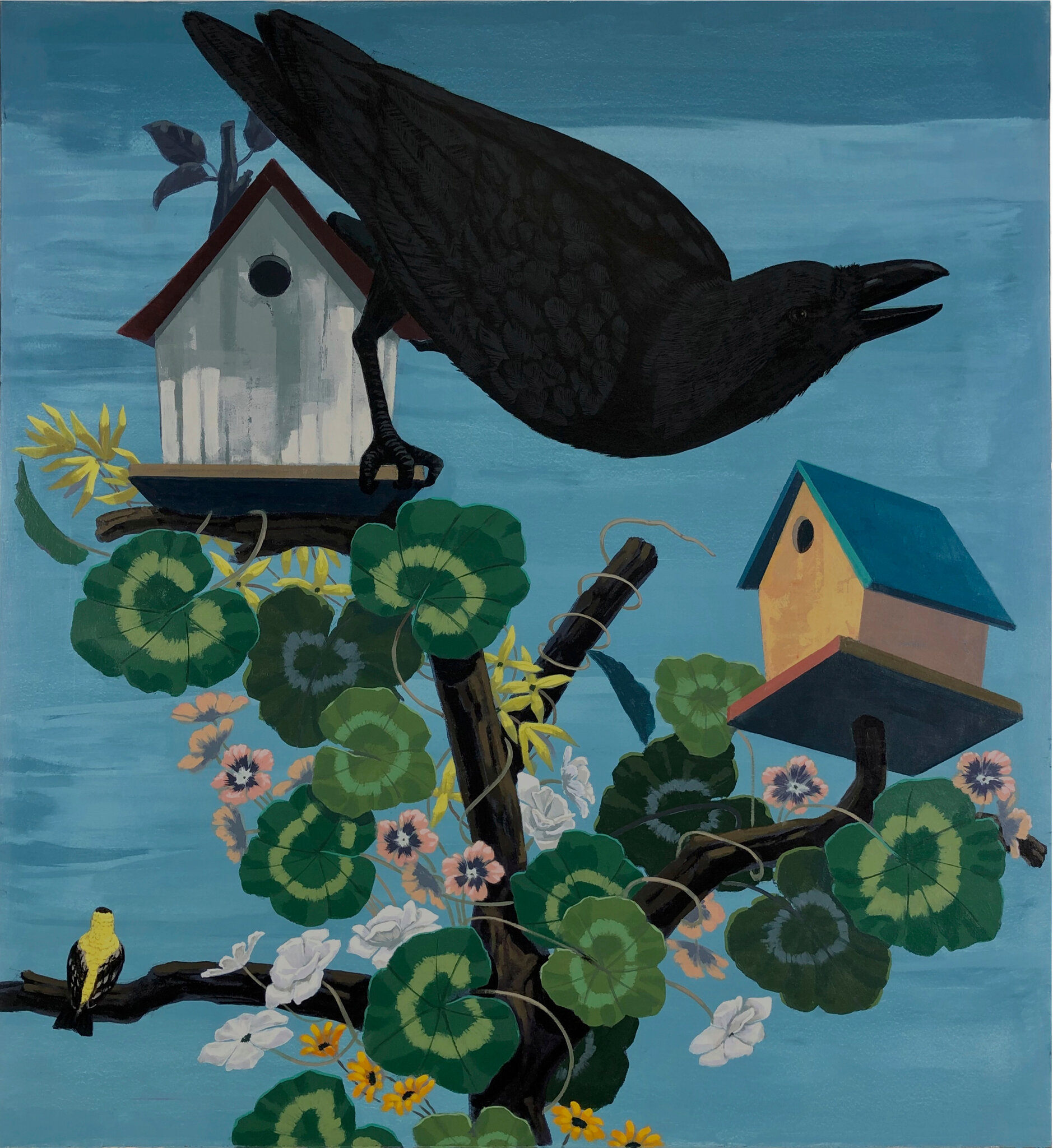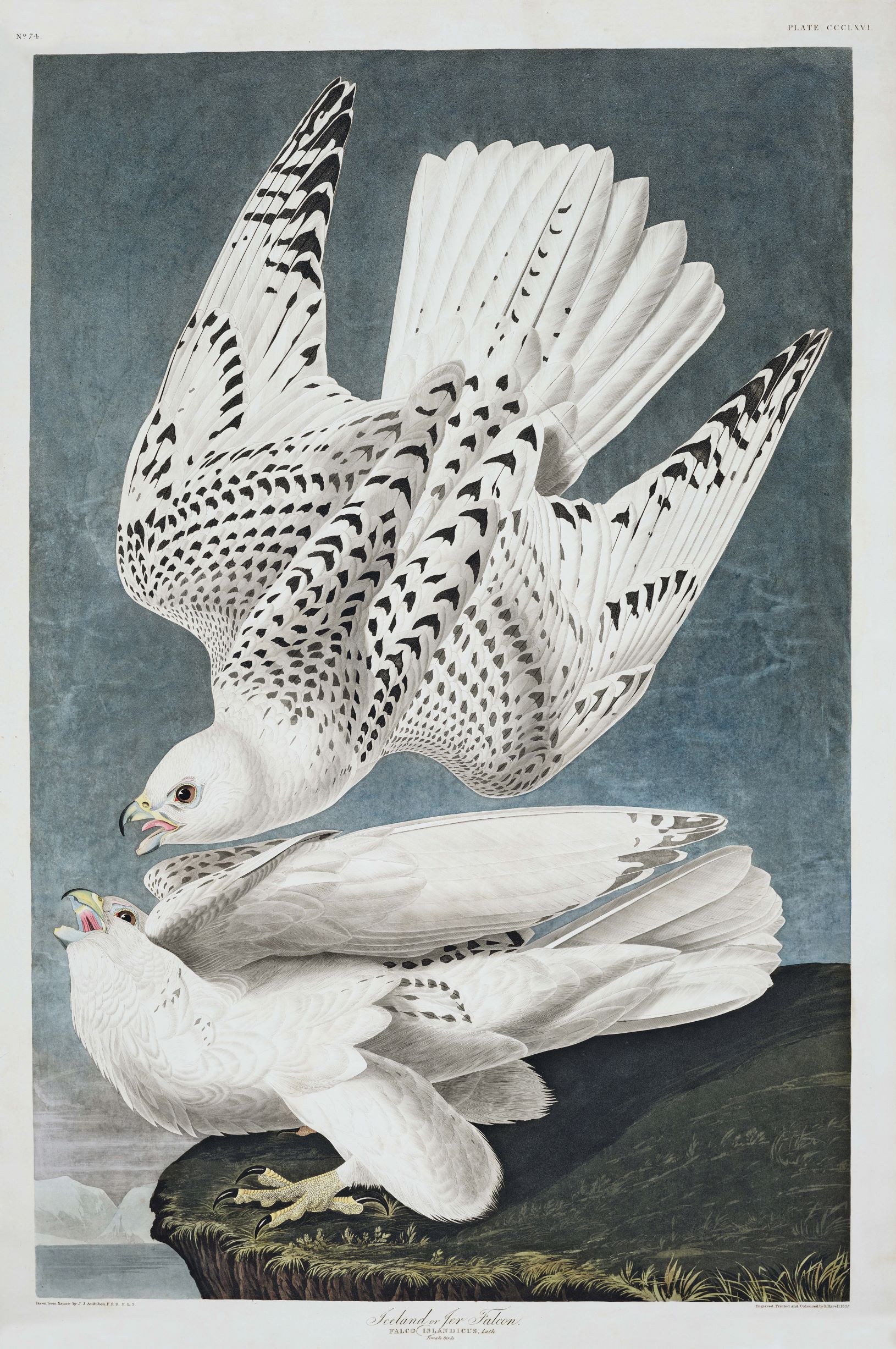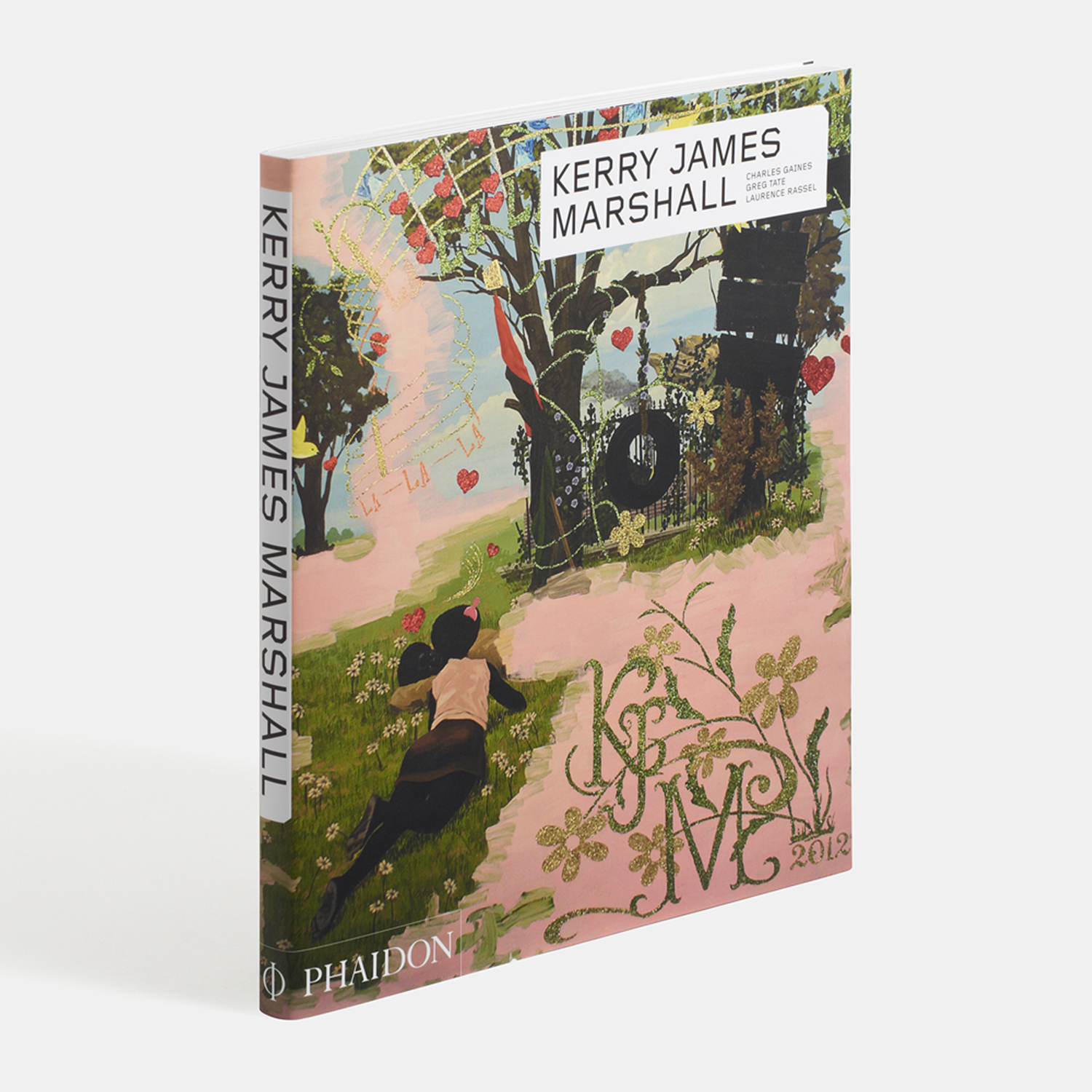
The message behind Kerry James Marshall’s new avian art
The American painter draws on the work of John James Audubon when creating his own American birds series
There doesn’t appear to be anything controversial in John James Audubon’s incredible, beautiful bird images. The 19th century artist and ornithologist is, as our book Animal: Exploring the Zoological World, explains, “the most famous of all bird artists,” thanks to his great work, The Birds of America, the book in which Audubon attempted to feature every bird species of North America.
First published in series from the late 1820s through to the late 1830s, the images have been admired by naturalists and fellow artists ever since. The great American abstract painter Ellsworth loved the pictures, and now another famous artist has expressed his admiration, with a nuanced new bird-based show.
In a new online presentation over on David Zwirner’s site, painter Kerry James Marshall has revealed a series of avian works inspired in part by Audubon’s pictures. However, Marshall, an astute and dedicated commentator on race in the US, has added a colour-themed twist. The new series is called Black and Part Black Birds in America, and uses the ways in which American society categorised the continent’s human inhabitants, as an organising principle for these new bird paintings.

As Marshall explains in an interview with allergist Angela Choon, Americans once relied on “the one drop rule”, “that if you had one drop of African blood” in your biology you couldn’t be white.
This is key in the case of Audubon, who was born in Haiti, the son of a French naval officer, and may have been of mixed racial heritage himself, according to some accounts. With this in mind, Marshall has taken to painting both fully black American birds - such as the grackle, and birds with just a touch of black in their plumage, a list that includes the goldfinch.
He has also adapted Audubon’s title, to list his birds as ‘in’ America, rather than ‘of’ America, since, as Marshall points out, plenty of these animals regularly migrate across borders. The series, as his gallery explains, is a continuation of Marshall’s attempt to create a “counter-archive”, to bring the Black figure back into the narrative of the Western canon.
Black people, rather than black birds, usually feature in his paintings; but Marshall sees how, by applying segregationist thinking to bird portraits, he can highlight something ridiculous within American racial politics.
“If you apply the one drop rule to these birds, then all these birds are black birds,” he says. “At a certain point it starts to become kinda absurd,” he goes on, adding, “I’m addressing a certain kind of absurdity and also commenting on a certain kind of reality.”
To see the images and interview go here; for more from this important contemporary artist buy one of the few remaining copies of our Kerry James Marshall book here; and for more on Audubon and his place in natural history, get a copy of Animal here.
